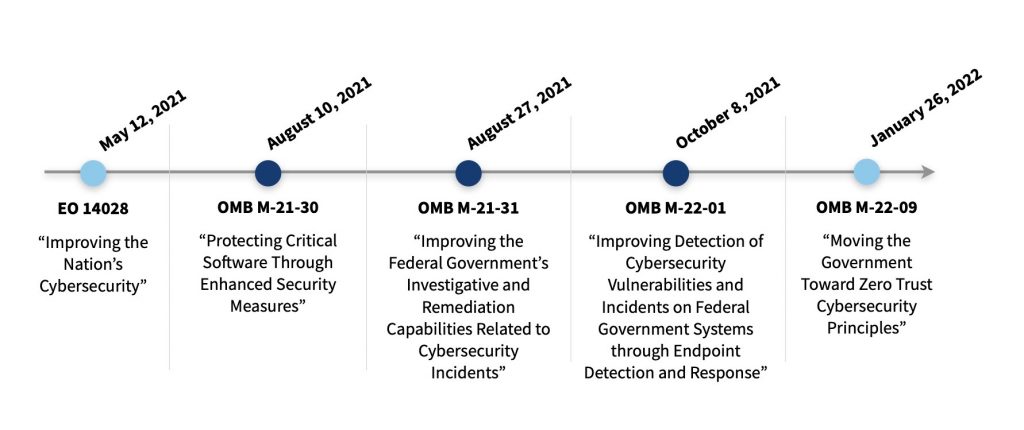President Biden has a vision for a more equitable and resilient federal procurement system, using federal contract spending to support the participation of small businesses in traditionally underserved communities in the federal marketplace. GSA is committed to doing our part to make that vision a reality.
Diversity, Equity, Inclusion, and Accessibility to the Core
GSA has worked hard to develop a portfolio to support small businesses from their formation as small 8(a) firms, to more mature small businesses, and finally unrestricted. These efforts help the Administration’s goals of increasing access and building a solid platform for success for a diverse spectrum of vendors across the federal marketplace.
What is so impressive is the robust community we’ve created on the newest vehicle. 8(a) STARS III has 1,110 highly qualified 8(a) contractors – that’s more than 20% of all of the entities in the 8(a) program, including dozens of contractors who are new entrants.
Equally impressive is the breadth of IT services offered to support virtually every form of IT modernization, including a wide range of state-of-the-art technologies.
If you need technology for information assurance or to protect from evolving threats, you can find it on 8(a) STARS III. If you need any form of Artificial Intelligence (AI) or Robotic Process Automation (RPA), you can find it on this contract. It’s a great testament to the talents and skills of the 8(a)/Small Disadvantaged Business (SDB) community and a powerful reminder of how small businesses really are the driver of innovation in our economy.
Customer Experience Matters
We designed 8(a) STARS III based on extensive customer feedback to ensure it is responsive to agency needs. For example, a streamlined ordering experience means GSA offers free scope review services and market research for agencies who want it.
Agencies like the Department of Homeland Security (DHS) value this kind of customer experience, and as a result, they’ve been a truly meaningful partner in our 8(a) STARS journey for some time.
They adopted 8(a) STARS into their EAGLE Next Gen portfolio because of its ability to meet their evolving IT requirements. And of particular importance to DHS is 8(a) STARS III’s large pool of vetted industry partners who specialize in emerging technology.
8(a) STARS III also provides DHS access to hundreds of vetted companies with expertise in emerging technologies such as Quantum Computing, RPA, Technological Convergence, and Virtual Reality.
Since DHS adopted the 8(a) contracts (beginning with 8(a) STARS II in 2019) into their strategic sourcing portfolio, 8(a) STARS:
- Accounts for 9% of all IT Services spend across the agency, and
- Accounts for 13% of their total 8(a) spend.
Along with increased access to IT services vendors specializing in emerging technology and increased opportunities for proven, vetted 8(a) businesses, this partnership allows DHS to continue its strong commitment to the small business community while ensuring DHS is in alignment with recent executive orders and administrative priorities.
Another reason DHS values our partnership is that we provide them, and all of our customers, with many value-added services such as a dedicated program office for acquisition support, tools, templates, and complementary scope reviews.
Executive Director of the Strategic Solutions Office at DHS James Lewis, has stated that they “can achieve more mission for every dollar spent while maintaining a solid commitment to the small business community and leveraging strategic contracts like 8(a) STARS III.”
Where We Stand
To date, more than 217 task orders estimated at $691 million have been awarded to more than 135 industry partners on 8(a) STARS III. That includes more than 40 task order awards going to 8(a)/SDBs that are new to GSA.
I really couldn’t be more proud of the work my team has done to pull this contract together and build the relationships with customers and industry partners to make it so successful.
You can visit our website to learn more about 8(a) STARS III or use our IT Solutions Navigator to find the vehicle that’s right for you.
Follow ITC on Twitter and LinkedIn, and subscribe for blog updates.

